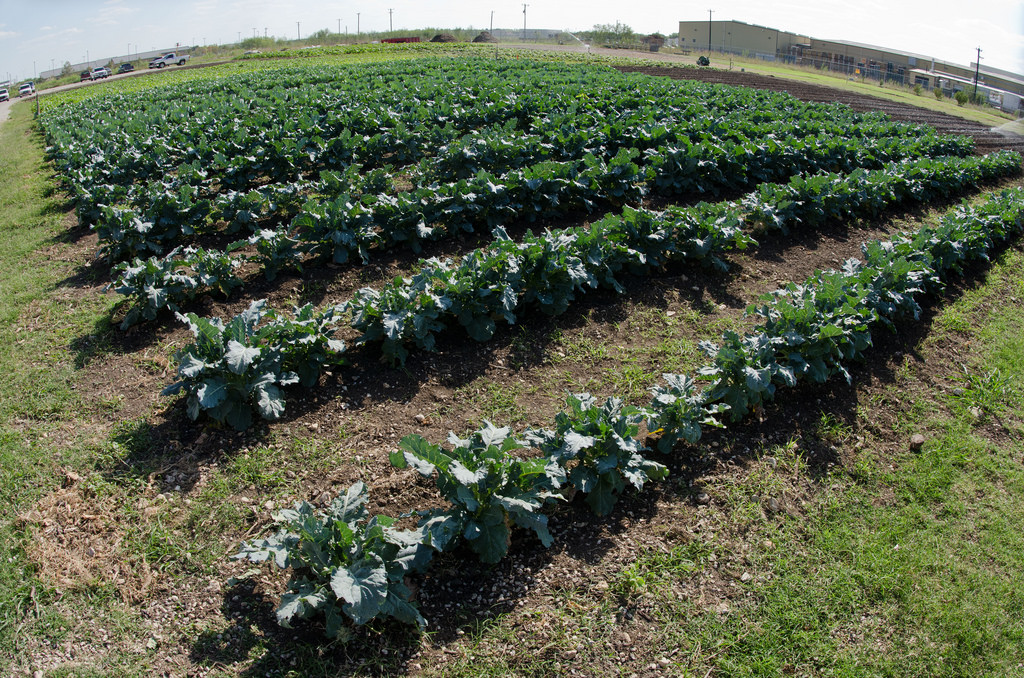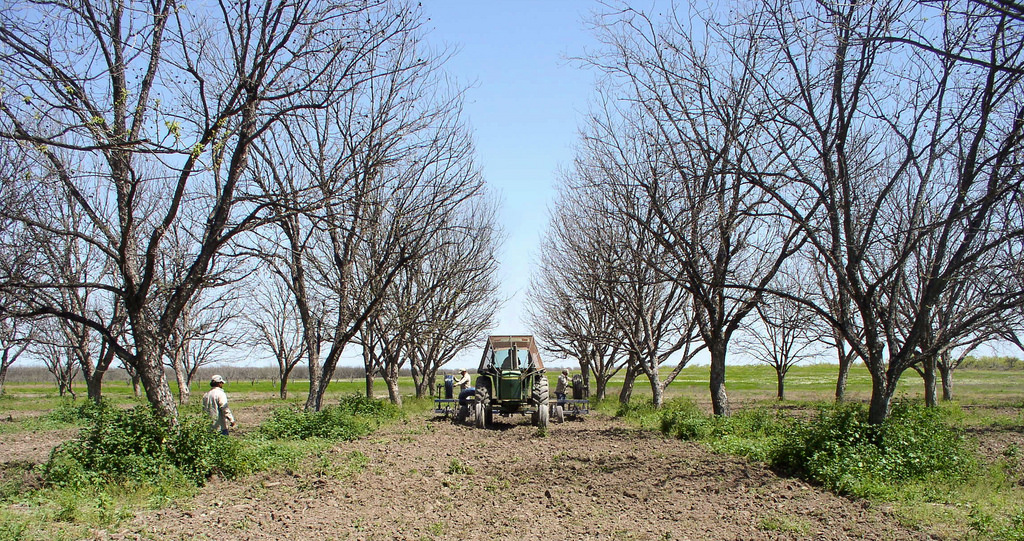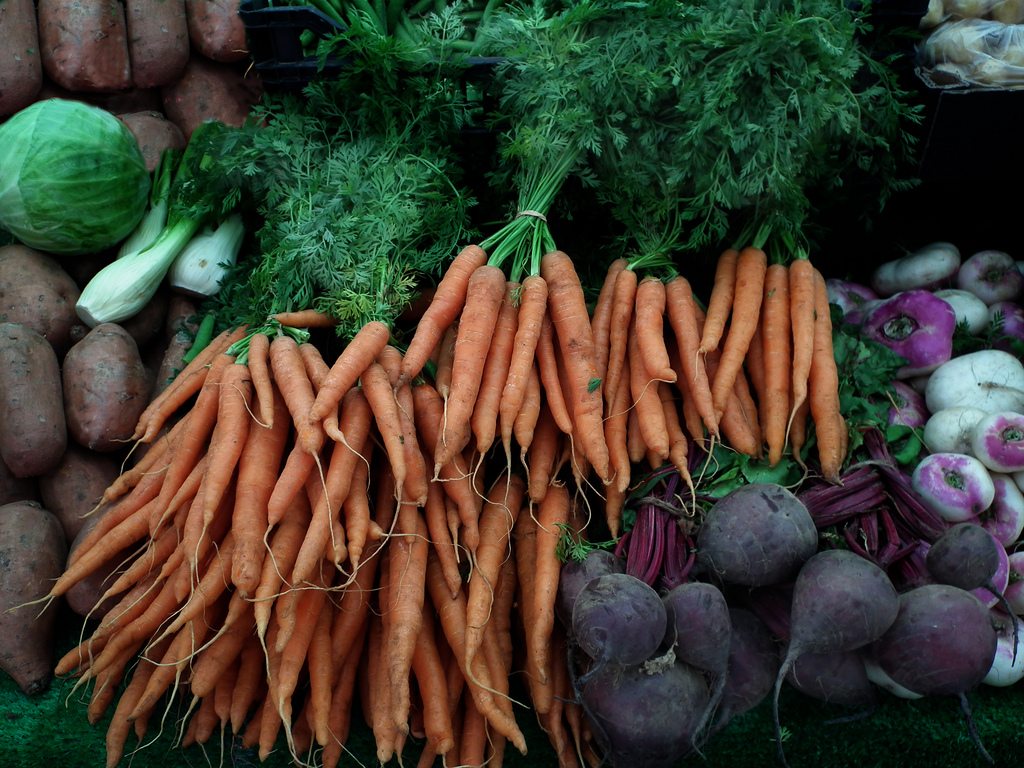House Agriculture Committee Chairman Mike Conaway on Thursday unveiled a first draft of the 2018 farm bill. This is a big milestone: Reauthorized once every five years, the farm bill legislates pretty much every farm program and nutrition programs like SNAP (commonly known as food stamps).
We’ll be writing a lot about FB2018’s slow transformation from caterpillar to butterfly in the coming months—we’ve got a whole Slack channel devoted to #FarmBill news—and by the end of it, we promise you’ll never want to see the phrase “conservation title” again. For now, here’s what you need to know.
What this is:
This is the House Agriculture Committee’s opening salvo in what will certainly be a long and drawn-out negotiation. It’s also the version of the bill that Democrats walked out on just a few weeks ago and that hasn’t even gone through its first edit (that happens next Wednesday in a markup process).
What this tells us:
Nutrition programs account for about 80 percent of the money spent in farm bill programs, but in the past, rural states have used the nutrition title to win support from urban lawmakers who might not otherwise vote in favor of farm subsidies. This new bill tells us one thing: Everything has changed.
The version of the bill released on Thursday signaled that Republicans in the House will demand a revamp of SNAP eligibility to put more people to work. A preliminary estimate showed that about 5 to 7 million people would be affected by the work requirements they propose. And the new bill would allow about $1 billion annually for states to develop work training programs aimed at helping people find jobs.
How does this fit into the national “welfare reform” conversation?
It’s been a big week for welfare reform murmurings on Capitol Hill: First, President Trump signed an executive order that will require government officials to review all welfare programs and submit a report sometime in the next 90 days, a move that’s been read as broadcasting a “hardline conservative view of the nation’s entitlement system.”
Second, reporting on Wednesday from the Associated Press revealed that the administration may be open to permitting states to drug test people who apply for food stamps.
It’s worth noting that most people who use SNAP actually do work. They just don’t make enough money to put food on the table.
What happens next:
The markup session is scheduled for next Wednesday in the House. The Senate will have to pass its own version, then the two houses must reconcile the bills. The current bill expires on September 30.










